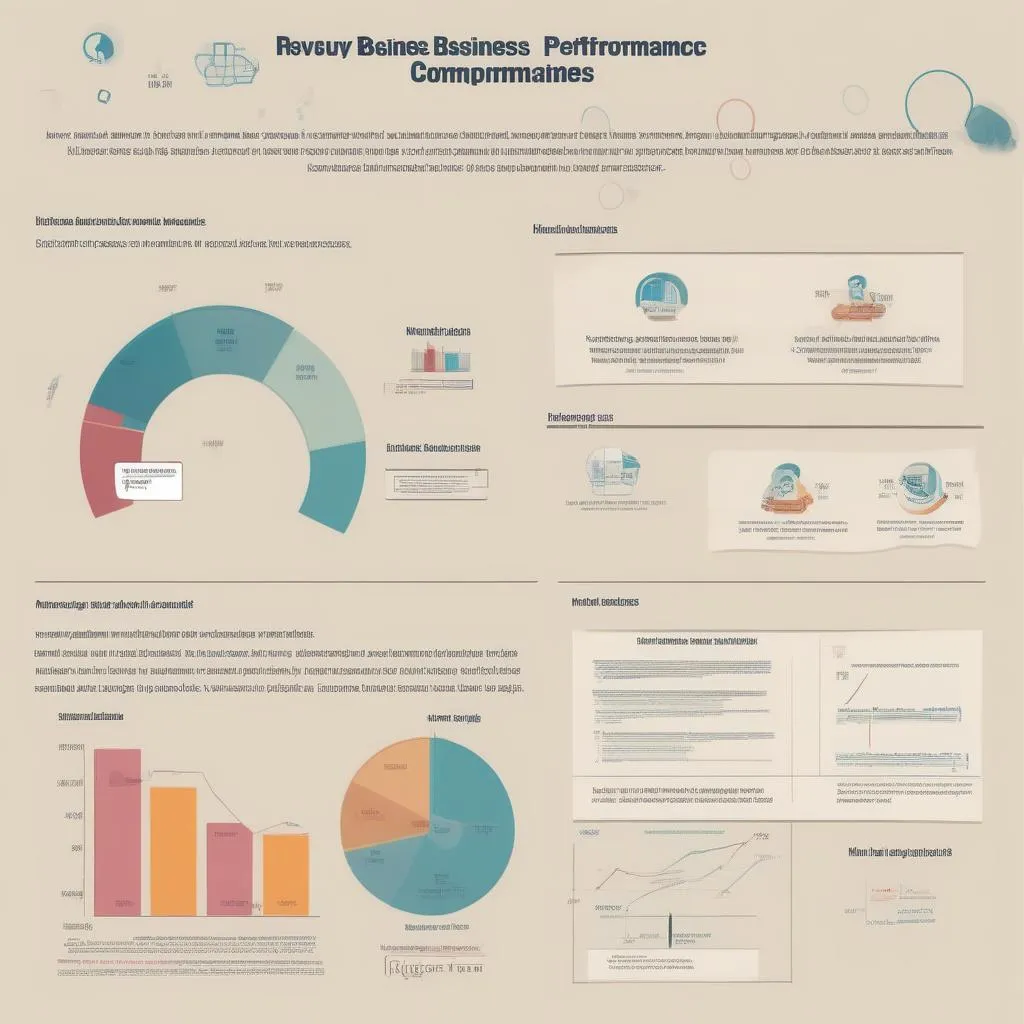“What is well-kept will last,” an age-old proverb that holds true in every era. But for “what is well-kept” to last, it must be of good quality, right? And in this context, “what is well-kept” is the “income statement” – the golden key that helps businesses understand their financial situation, enabling them to develop appropriate strategies and move forward.
What is an Income Statement?
An income statement, also known as a profit and loss statement, is a crucial financial document that reflects a company’s financial performance over a specific accounting period. It provides detailed information about revenue, expenses, profits, and losses, helping managers evaluate business performance and make informed business decisions.
Why is the Income Statement Important?
- Business Performance Monitoring: Like a roadmap, the income statement helps businesses see a comprehensive overview of their operational efficiency, thereby enabling them to implement appropriate solutions to optimize profits.
- Performance Evaluation: The income statement serves as an objective measure of a company’s business performance, assisting managers in identifying strengths and weaknesses, and developing suitable strategies for growth.
- Decision-Making Support: Based on the information from the income statement, managers can make informed decisions for business operations, ranging from investing in new products and marketing strategies to market expansion plans.
- Investor Attraction: The income statement is proof of a company’s business performance, helping to attract the attention of investors, build credibility, and increase fundraising capabilities.
Frequently Asked Questions About Income Statements:
1. How to Create an Effective Income Statement?
To create an effective income statement, you need to:
- Define Objectives: Clearly define the purpose of the report. Do you want to evaluate the performance of the entire business or a specific department?
- Choose Relevant Metrics: Select metrics that are relevant to your business sector and the report’s objectives.
- Build a Logical Structure: The report structure should be clear, logical, and easy to understand, helping readers grasp information easily.
- Use Charts and Visuals: Incorporating charts and illustrations enhances the visual appeal of the report, easily capturing the reader’s attention.
2. What Should an Income Statement Include?
An income statement typically includes the following basic components:
- Revenue: Total revenue generated from core business activities.
- Expenses: Total expenses incurred during the production and business process.
- Gross Profit: Revenue minus the cost of goods sold.
- Operating Profit: Gross profit minus operating expenses.
- Profit Before Tax: Operating profit minus financial expenses.
- Net Profit: Profit before tax minus corporate income tax.
3. How to Analyze an Income Statement Effectively?
To effectively analyze an income statement, you should:
- Compare to Previous Periods: Compare figures in the report to previous periods to assess growth or decline.
- Benchmark Against Competitors: Compare figures to competitors in the same industry to evaluate the company’s position.
- Analyze Root Causes: Analyze the reasons behind the current business results, identifying favorable and unfavorable factors.
- Propose Solutions: Based on the analysis, propose suitable solutions to optimize business performance.
Key Considerations When Using Income Statements:
- Accuracy: Information in the income statement must be accurate, complete, and up-to-date.
- Transparency: The income statement must ensure transparency, be easily understandable, and free from fraud or information manipulation.
- Effective Use: The income statement is only a supporting tool; it needs to be combined with other management tools to make sound business decisions.
Example:
Imagine you are the manager of an online fashion store. Your income statement shows a sharp decline in revenue in the last 3 months. After analyzing the report, you realize the main reason is the ineffectiveness of your marketing strategy. Consequently, you decide to change your marketing strategy, focusing on more effective online advertising channels such as Google Ads and Facebook Ads, and as a result, your revenue starts to grow again.
Conclusion:
The “income statement” is the “eye” of your business, helping you clearly see the business picture, thereby enabling you to make sound decisions to lead your business to success. Use this tool effectively, and you will reap proud achievements!
 Example of an income statement for business analysis
Example of an income statement for business analysis
Contact us now via Phone Number: 0372966666 or visit us at: 89 Kham Thien, Hanoi. We have a 24/7 customer care team, ready to assist you in business management and building effective income statements.
